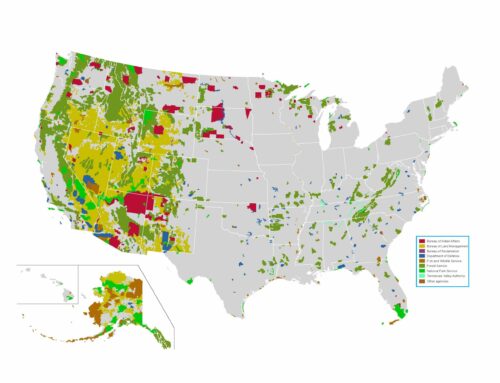by Tom Tanton, E&E Legal Director of Science and Technology Assessment
As Appearing in the California Globe
California’s transition from traditional generation to renewable energy will cost in excess of $3 trillion
The U.S. National Academy of Engineering has named construction of the vast U.S. electric power grid the 20th century’s most important achievement. From huge hydroelectric projects and massive generation facilities capable of powering large cities, to transmission lines climbing over mountain ranges and individualized distribution lines delivering electricity to nearly every single American household and factory floor, the grid epitomizes the promise of creative cooperation of people and organizations with different interests over decades. It is unlikely to have succeeded if not for a “regulatory compact” that today is unfortunately at risk.
The relationship, this regulatory compact, between regulators and utilities is an agreement whereby government grants exclusive service territories, a local monopoly, while managing rates in a manner that provides an opportunity for a reasonable return on investment. In exchange, utilities submit their operations to full review and regulation. While this is not a single signed contract, it is the rule of the road between regulator and utility, and importantly, for the investment community which serves as the source of capital to finance this vast undertaking. The investment community is of course quite diverse, ranging from Wall Street heavy hitters to schoolteachers and public service retirees who collect a pension. The latter depend on the regular payment of dividends and stability of stock price, long and historically the hallmark of utility stock.
Today, as California embarks on an ambitious program to replace traditional generation with renewables, and replace essentially all fuel consumption with electricity, they will need the active involvement of the investment community. The cost of this transition is in excess of $3 trillion with perhaps 60% representing transmission and requisite storage to manage the renewables’ intermittency of output. The regulatory compact will need to be strengthened, not weakened, if this effort has any chance, but the recent actions of Pacific Gas and Electric (PG&E) are working counter to this effort.
The dominant utility in northern California, PG&E is responsible for the majority of transmission and distribution in the area and maintains a virtual monopoly over such. But while it is still subject to regulation, PG&E’s behavior and corporate decisions coupled with deficient oversight by the California Public Utilities Commission (PUC) led to a series of devastating wildfires in the late 2010s that destroyed more than 23,000 homes and businesses, killed more than 100 people, and sent the company into Chapter 11 bankruptcy.






